Returning to a Plant-based Diet This ‘Veganuary’
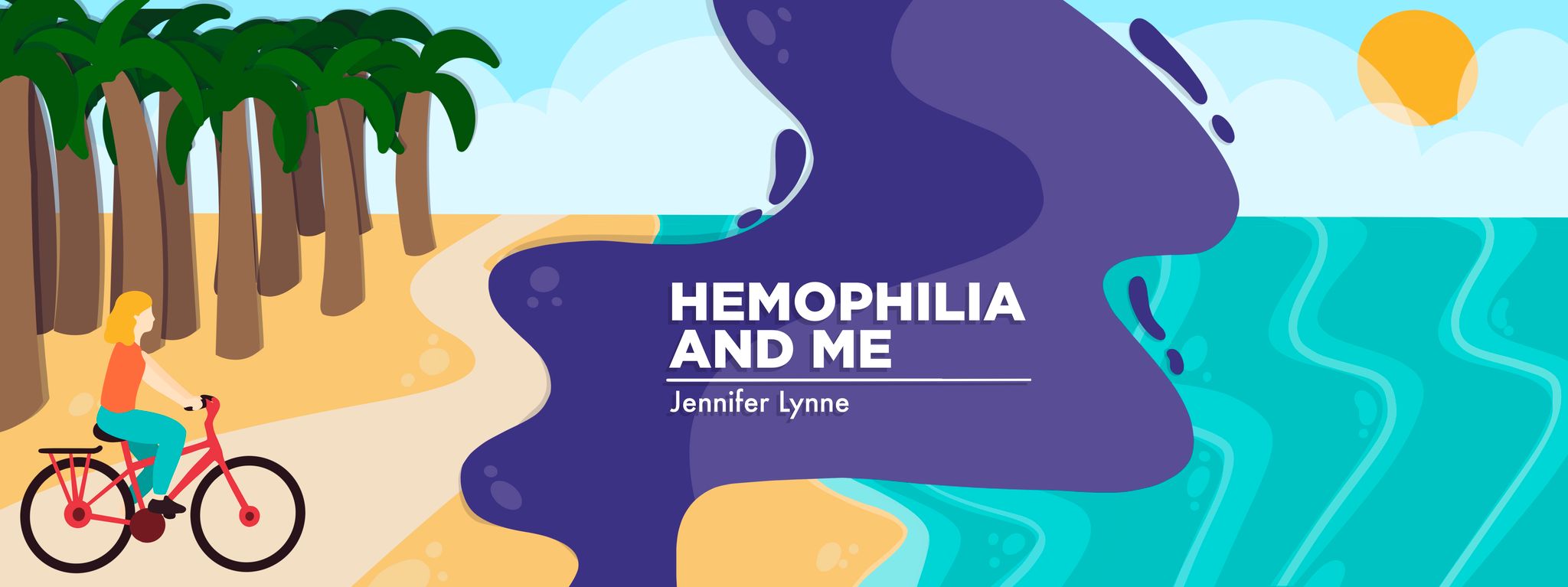
The U.K. charity Veganuary challenges people to eat only vegan foods in the month of January as part of an effort to promote health, protect the environment, and end animal farming.
People choose to follow a vegan diet, which excludes all animal products such as eggs, dairy, and meat, out of environmental concerns or other ethics. Another popular reason is to improve one’s health. But a vegan diet is not necessarily healthy. Oreos, Pringles, Ritz Crackers, and Fritos are all vegan. A whole food, plant-based (WFPB) diet goes beyond vegan and eliminates processed foods. That means no sugar, oil, or salt.
Following a WFPB diet helped improve my joint inflammation related to hemophilia and von Willebrand disease. This way of eating is anti-inflammatory and known to improve cholesterol, high blood pressure, diabetes, and autoimmune issues.
From the ground up
A WFPB diet focuses on minimally processed foods that come mainly from the ground. Think potatoes, beans, rice, fruits, vegetables, and whole grains.
When I first learned about a WFPB diet more than eight years ago, I was struggling with achy joints and inflammation from my hemophilia. I had chronic hives, autoimmune issues, obesity, high blood pressure, and high cholesterol. I was looking for something that wasn’t medication to help with my health problems.
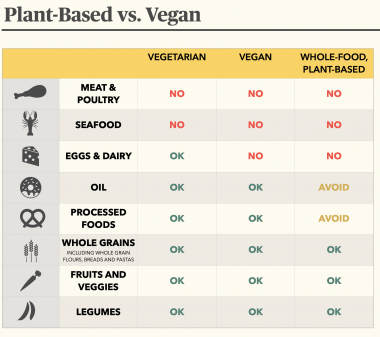
(Courtesy of Jennifer Lynne)
Researching the connection between health and food, I discovered the “China Study” and watched the documentary “Forks Over Knives” several times. Both presented scientific evidence for the benefits of a plant-based, whole foods diet. Eventually, I became convinced and went entirely to WFPB, even making my primary care doctor an area cardiologist who made her practice one that focused on this diet.
She has improved her patients’ health by changing their diet instead of prescribing pills or performing procedures. Her patient success stories are many. She does a wellness podcast and is a legend at my local hospital, as her patients don’t often need hospitalization.
Measurable results
Adopting a WFPB diet wasn’t easy. Giving up meat wasn’t a problem, but I was a cheese addict, a side effect of growing up in Wisconsin. I was also dependent on processed foods.
But after a few weeks of WFPB, my hives improved and my joints were less achy from my hemophilia. I was more active and needed less pain medication. After a few months, the results were measurable. I lost weight and my blood pressure and cholesterol were normal. My autoimmune markers and liver function tests normalized. I felt better at 50 than I did at 30.
The backslide
Here’s the thing. I know it worked because I quit doing the WFPB diet about a year ago. I started eating seafood. And then cheese. And vegan processed foods. I stopped seeing my plant-based doctor to save the monthly fee she charged for her practice and to avoid being questioned.
I have gained back 20 of the pounds I fought so hard to lose. My joints are achy. My allergies are horrible, and my eyes itch and water. Most depressing, last month, I started medication for high cholesterol, high blood pressure, and reflux on the advice of my new cardiologist.
It’s a bump in the road. I am finding my way back to a WFPB diet. I have eliminated seafood and cheese, and already see benefits.
Some places to start
Want to join me? Here are a few suggestions to get started.
Speak with your doctor before you begin. I am not a nutritionist or a medical professional. As is suggested, I take a daily B12 supplement, but certain herbs, such as ginkgo, garlic, ginseng, ginger, horse chestnut, turmeric, and white willow, can make bleeding more severe and affect clotting.
Start by adding more fruits and vegetables to your diet. Doing so will help lower your risk of cardiovascular disease. Try meatless Monday or follow a vegan diet for a week or month. I find the Daily Dozen app keeps me on track and provides helpful educational material.
Motivation comes to me in the form of these eye-opening documentaries: “Forks Over Knives,” “The Game Changers,” “What the Health,” and “Code Blue.” Read the books, “Eat to Live,” “The China Study,” and “How Not to Die.”
I hope you decide to join me on my plant-based journey. Happy Veganuary!
Note: Hemophilia News Today is strictly a news and information website about the disease. It does not provide medical advice, diagnosis, or treatment. This content is not intended to be a substitute for professional medical advice, diagnosis, or treatment. Always seek the advice of your physician or another qualified health provider with any questions you may have regarding a medical condition. Never disregard professional medical advice or delay in seeking it because of something you have read on this website. The opinions expressed in this column are not those of Hemophilia News Today or its parent company, Bionews, and are intended to spark discussion about issues pertaining to hemophilia.





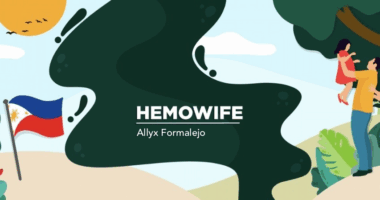
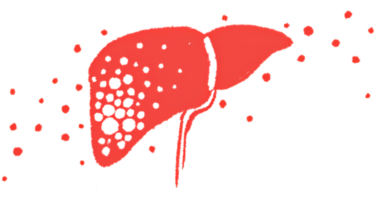
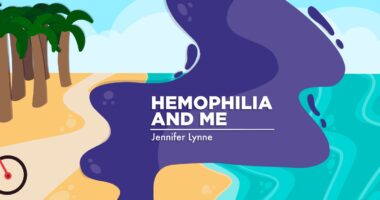
Leave a comment
Fill in the required fields to post. Your email address will not be published.